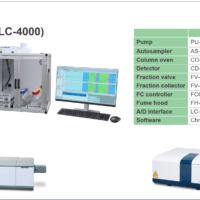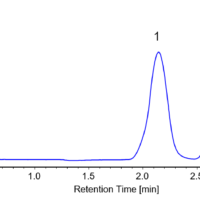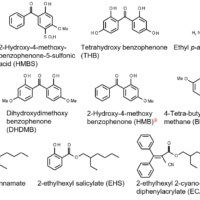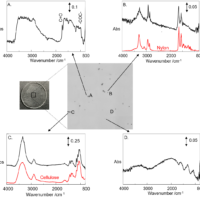Introduction
Semi-micro HPLC analysis offers a significant advantage compared with conventional separations in reducing separation time and cutting cost by reducing the consumption of mobile phase. However, HPLC systems designed for conventional separations often do not provide good enough peak shape or separation due to peak diffusion in the non-optimized flow path. When using a semi-micro column an optimized RHPLC system is recommended. This analysis report compares the measurement of sugar alcohols using a conventional refractive index detector with a detector optimized for semi-micro HPLC.
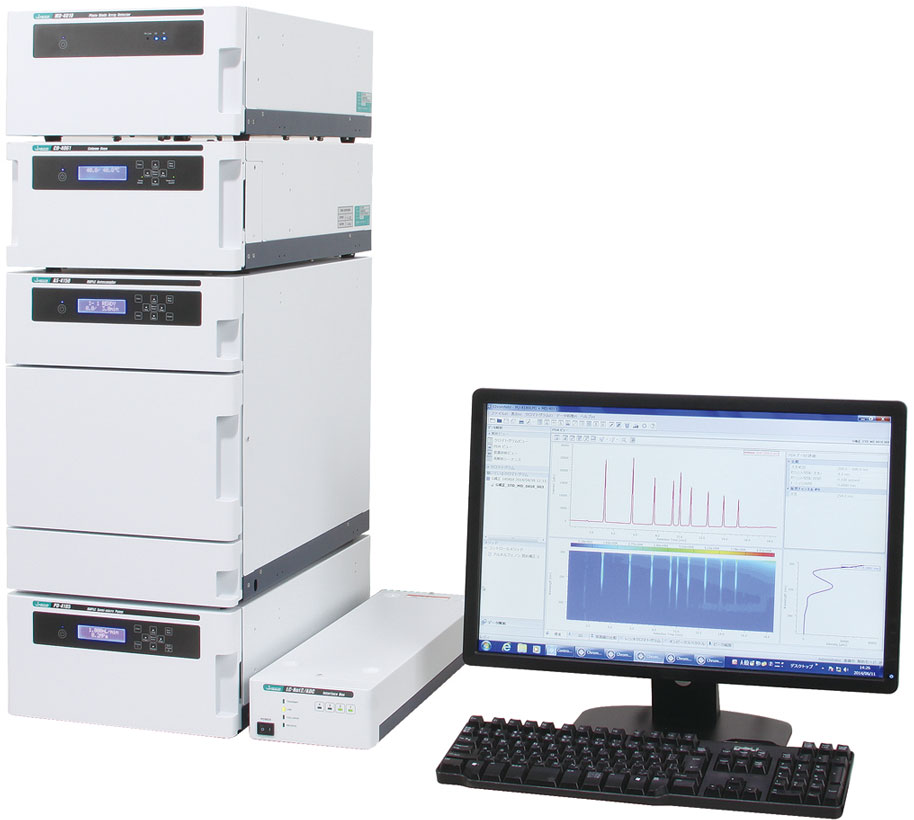
LC-4000 HPLC system
Experimental
Chromatographic conditions
Column: Inertsil Amide (2.1 mmI.D. x 250 mmL, 3 µm)
Eluent : Water/Acetonitrile (30/70)
Flow rate: 0.2 mL/min
Column temp.: 30ºC
Injection volume: 1 µL
Standard Sample: Sugar alcohols mixture (5 mg/mL each)
Keywords
Sugar Alcohols, reverse phase HPLC, refractive index, Glycerine, Erythritol, Xylitol, Solbitol, Inositol
Results
Figure 1 shows chromatograms of sugar alcohols measured using a refractive index detector for conventional analysis (RI-4030) or for semi-micro analysis (RI-4035). The RI-4035 for semi-micro analysis obviously provides much-improved peak shape and resolution.
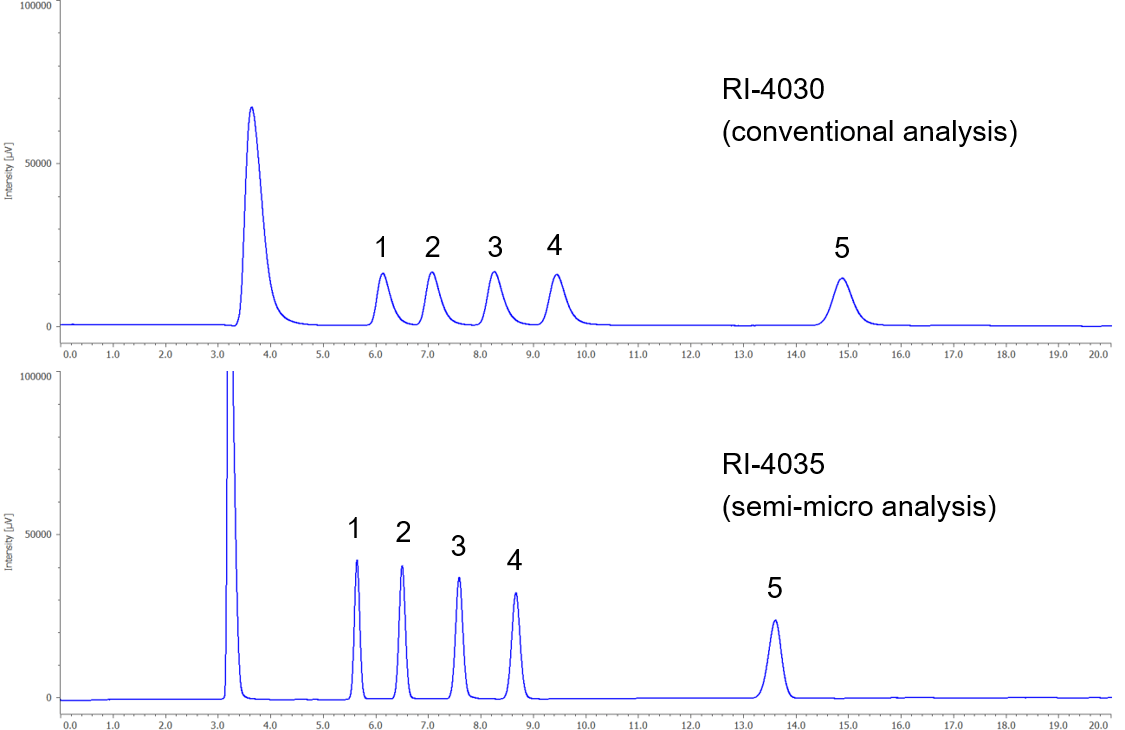
Figure 1. Chromatogram of Sugar alcohol samples (1: Glycerine, 2: Erythritol, 3: Xylitol, 4: Solbitol, 5: Inositol)

